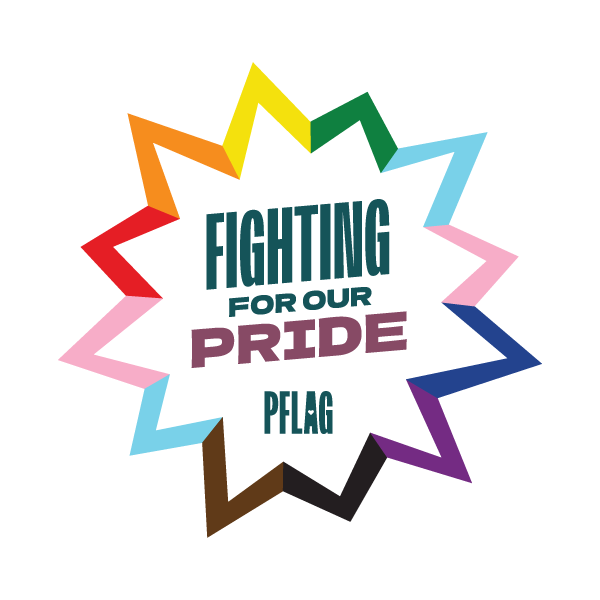Sharing Your Story
Storytelling moves the discussion away from impersonal policies and focuses attention on what matters: people. Here are some tips for telling a great story. You can hone your skills even more by taking the PFLAG Academy Online course Sharing Your Story to Create Change.
Choose Your Personal Story
Pick a moment that gives a glimpse into your experience as an LGBTQ+ person or ally:
- Your coming out/disclosure story
- Incidents of bullying or discrimination
- Your journey to accepting yourself or others
- What it felt like to find out that someone you love is LGBTQ+
Convey Your Message
Stories have purpose. Through your story, you can help your audience connect with a specific issue.
- What does your audience need to know about this issue?
- Why is it important to you — and to them?
- What can they do? (e.g., Vote, go to a PFLAG meeting, sponsor your program, learn more, etc.)
Tips
- Practice your story — in the mirror, to your pets, to your friends — then practice more.
- Allow your story to evolve as you do.
- Avoid going on autopilot when telling your story in person. Stay aware of how you’re feeling and how people respond.
- Keep the details concise and know what to leave out.
- Stay committed to the truth. Don’t exaggerate or change your story because you think it might be more convincing.
- You don’t need to be an expert. If someone asks you a question and you don’t know the answer, commit to finding the information and following up.
- Let your emotions show when telling your story in person. This openness will help others relate to your message.
- Engage in the conversation by using gestures and making eye contact.
- Avoid using ‘insider’ language and acronyms until you’ve explicitly explained them.
